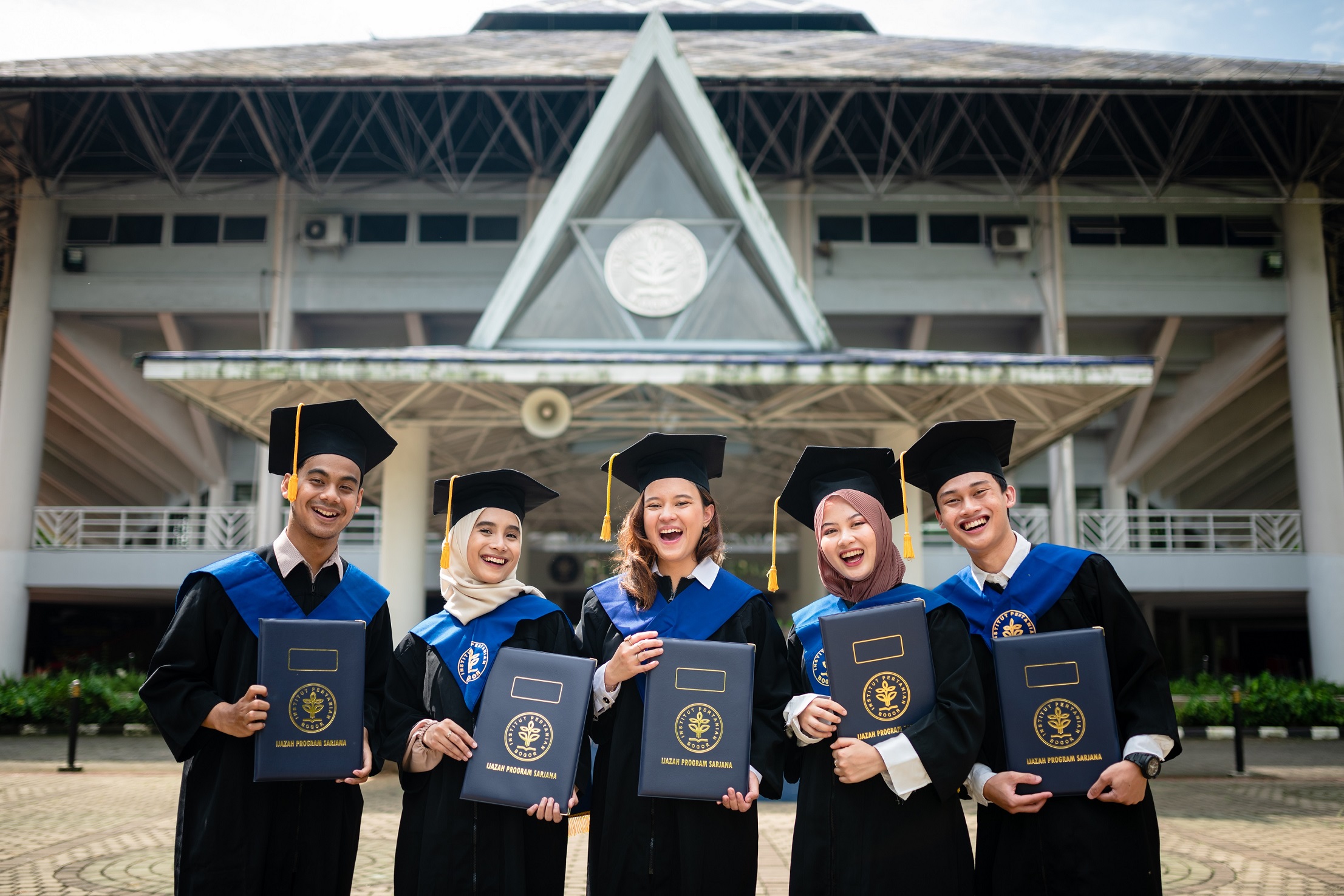Prof Budy Wiryawan Develops FISH Data Collection Application Innovations for Fisheries Sustainability

In the management of fisheries resources, data is the basis for policy formulation. The lack of data can be done by assessing it through two approaches, namely limited fisheries data and citizen science. For this reason, Professor of IPB University, Prof Budy Wiryawan developed a fisheries data collection system, namely the Fisheries Data Collection Collaborative Initiative (IKAN) application.
“Currently fisheries data collection is dominated by the government or fisheries authorities. Whereas, the data is more than that. The idea of this application is how we connect science to policy. So science is not only done by researchers, but also by society, including fishermen. That is what we are trying to support better fisheries policies,” said Prof Budy during the Press Conference of the Pre-Scientific Oration of IPB University Professors, (22/6).
The application, he said, is an effort to involve community participation to be able to collect the data and also can be recognized by the authorities or the government, even the bussinessman or entrepreneur can use it. “This application has also been tested at several ports on the north coast of Java, namely Tegal, Rembang, Pati and Lamongan,” he added.
As a continuation of the citizen science-based program, the Professor at IPB University from the Faculty of Fisheries and Marine Sciences (FPIK) also developed the IKAN application to become Crowd Data Crawling (CDC) through funding from the Kedai Reka program.
“We and our partners have secured the Kedai Reka matching fund for 2023 for CDC innovation. This application allows the collection of fishery information from various websites in a short, precise and accurate time. This application is also used by fisheries business practitioners and supports fisheries management,” he explained.
The data obtained, continued Prof Budy, can be used as a study in the fisheries sector and to formulate a strategy for utilizing fish resources or a harvest strategy. In its preparation, the operating model is the domain of researchers and academics, namely data analysis and simulation. While making the decisions to control fishing activities and the number of catches of certain fish species is the authority of the fishery manager.
In addition, Prof Budy added, that the current limited data and information has resulted in measuring the impact of conservation areas (KK) on fisheries not being a priority. In fact, the existence of KK strongly supports the management of fishery resources using an ecosystem approach. This limitation is also the reason why the majority of existing COW management is not specifically designed for fisheries management purposes.
“The challenge in realizing the sustainability of households and fisheries is to synergize strategies and programs for the conservation of marine ecosystems and biodiversity. By paying more attention to the protection of fish resources in households in a fishery management area (WPP),” he said.
Prof Budy explained, one of the models for assessing the sustainability of small-scale fisheries that has been successfully used is the Fisheries Sustainable Livelihood Assessment (SLA) Model. The model he is developing with other researchers is designed to integrate social, economic and ecological data to provide a comprehensive assessment of fisheries sustainability.
“Thus, fisheries management and conservation area management should have a positive impact on socio-economic conditions, through increasing the resilience of fishermen. Socio-economic conditions and resilience are not just welfare, which in the past was indicated by mastery of assets, namely ships and modern fishing gear or making fishing yields increase and the community prosperous, but must also pay attention to interrelated human and social resource assets,” he concluded. (rz) (IAAS/Hap)



